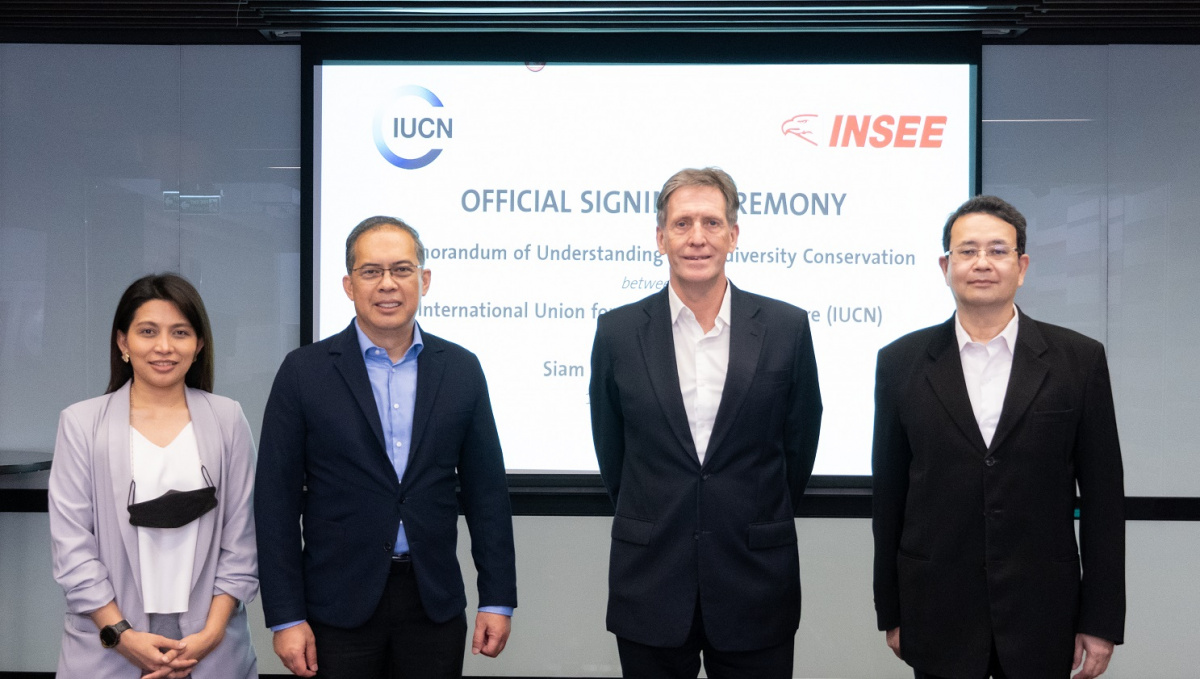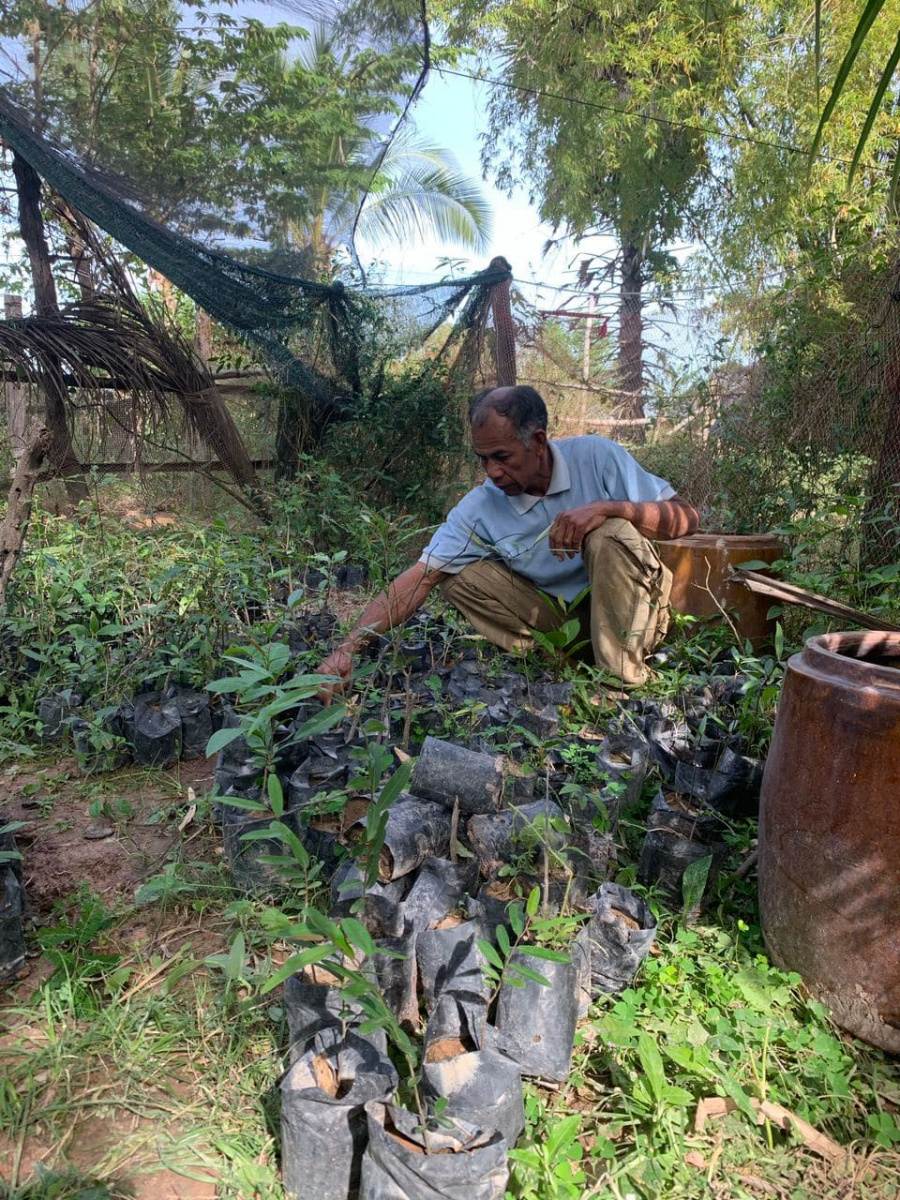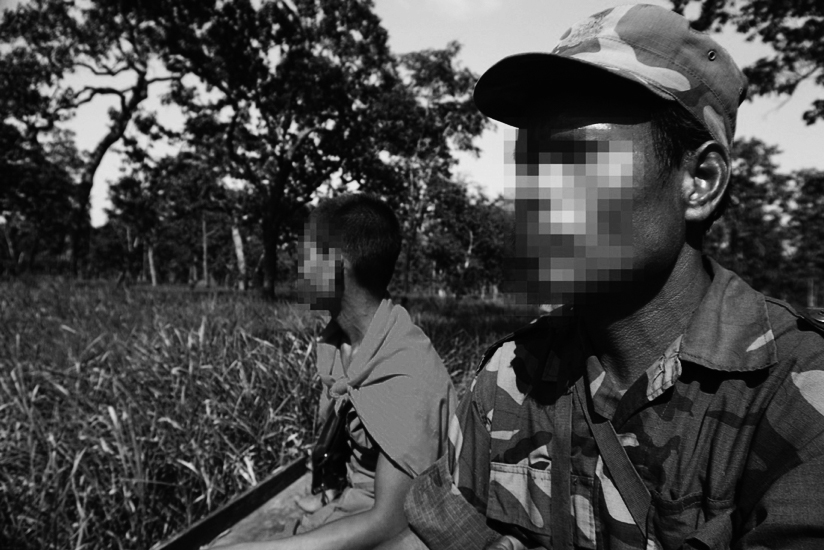Ushering a bright future for nature conservation in Cambodia
“People and nature can indeed live in harmony, and sustainable development is possible for our people” Dr. Srey Sunleang, NatureLife Cambodia.
When international non-governmental conservation organisations including BirdLife International, established a long-term partnership with the Cambodian Government more than a decade ago, there were virtually no national non-governmental organisations working on nature conservation in the country. Biodiversity conservation projects in Cambodia were usually led by international organisations. To address the challenges of conserving Cambodia’s biodiversity and to encourage sustainable development at the grassroots level, there was a pressing need to develop the capacity of local and national conservation groups.
Officially established on 1 March 2017, NatureLife Cambodia is a newly formed national conservation NGO, made possible with technical support from BirdLife International Cambodia Programme and financial support from the Critical Ecosystem Partnership Fund (CEPF). NatureLife Cambodia is now working in collaboration with other conservation NGOs to protect the country’s precious biodiversity. In the long term, it aims to enhance local capacity and expertise in biodiversity conservation so that effective conservation interventions can be implemented in partnership with the government, as well as national and international conservation agencies.
Institutional development is a key priority for NatureLife mature into a sustainable conservation organisation. It has already prepared a 10-year strategic plan identifying several major areas for ensuring long-term sustainability. These include the maintenance of continuous financial support and the establishment of targeted conservation efforts. NatureLife’s website and social media pages have since been launched to reach out to wider public. Meetings have been organised to introduce the work and objectives of NatureLife to government agencies, NGO networks and the wider donor community.
Since its inception, NatureLife Cambodia has conducted a research trip at the Boeng Chhmar Ramsar Site in Kampong Thom Province to identify ecosystem services at the site and survey endangered species. NatureLife co-organised a national consultative workshop on the conservation of Stung Sen Core Area wetlands in Phnom Penh, which was attended by local and national authorities, as well as various NGOs. Participants at the workshop were able to reach a consensus to endorse the Stung Sen Core Area and its surroundings as wetlands of international importance under the Ramsar Convention. The work at Stung Sen is making a remarkable progress and presently, only requires a final approval from the Prime Minister to complete this process.
NatureLife Cambodia also aims to bring nature closer to Cambodia’s youth and sees the building capacity of young people is a long-term investment into conservation in the country. For example, talks on vulture conservation with students from several universities in Phnom Penh, and with school kids at the Siem Pang Wildlife Sanctuary in Stung Treng Province were organised during the International Vulture Awareness Day in September. NatureLife has also worked together with BirdLife International and other expert groups to organise a workshop to develop an action plan for the declining River Tern, as well as organise Vulture Awareness Events with local communities.
“NatureLife Cambodia is immensely grateful for all the support that various governmental and non-governmental agencies have given us,” said Mr. Taing Porchhay, Chief Executive Officer of NatureLife Cambodia. “We aim to continue to spearhead nature conservation efforts in the country, and remain committed to protect sustainable livelihoods and the environment,” he added.
“We are happy to see the united spirit of NatureLife Cambodia’s founders and the commitment of its governing board members to conservation in the country,” Said Mr. Bou Vorsak, Cambodia Programme Manager of BirdLife International.
“Local people protecting nature in their own countries are a key to sustaining all life on this planet,” said James Tallant, Senior Programme Officer for IUCN Asia and Regional Implementation Team Manager for CEPF. “We are delighted to see NatureLife Cambodia’s many contributions as a young national NGO, and look forward to seeing more conservation successes in the future.”
Founded in 2000, the Critical Ecosystem Partnership Fund is a global leader in enabling civil society to participate in and benefit from conserving some of the world’s most critical ecosystems by providing grants for organisations to help protect biodiversity hotspots, Earth’s most biologically rich yet threatened areas. CEPF is a joint initiative of l'Agence Française de Développement, Conservation International (IUCN Member), the European Union, the Global Environment Facility, the Government of Japan (IUCN State Member), the MacArthur Foundation and the World Bank.
IUCN is leading the second phase of CEPF's work in the Indo-Burma hotspot, working together with the Myanmar Environment Rehabilitation-conservation Network (MERN) and Kadoorie Farm and Botanic Garden (KFBG) to form the CEPF Regional Implementation Team (RIT).






